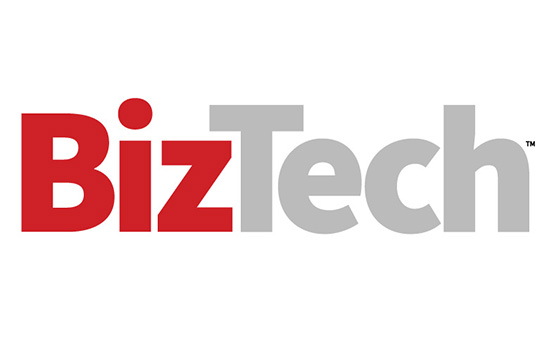Build Out Your Observability Framework One Layer at a Time
There are a variety of observability tools that segment into different layers. “Each layer feeds into the next, so build out your observability framework one layer at a time,” Beckendorf says.
The fundamental layer is OpenTelemetry, an open-source observability framework that provides a standardized way to collect and analyze telemetry data (traces, metrics and logs) from applications. It helps developers understand the internal state of their systems, troubleshoot issues and optimize performance.
This raw data feeds into application performance management tools. At this second layer, developers can see system behavior, user experience and service dependencies in real time. APM provides visibility into bottlenecks, latency and error rates — critical for troubleshooting and optimization.
From there, teams can fold in AIOps. This third layer uses machine learning to detect anomalies, predict incidents and automate remediation. By layering OpenTelemetry, APM and AIOps, IT teams move from passive monitoring to intelligent, proactive operations.
Does every business need to meet all three layers? No. According to experts, the first two are the most important.
“Realistically, only the Amazons and Netflixes of the world will do the third layer,” Beckendorf says. “They’re the ones who really need this.”
The middle layer is where automated root-cause analysis comes into play. Once teams have this in place, their remediation efforts “get one thousand times better,” he says.
LEARN MORE: How to elevate your cybersecurity with CDW services.
Reduce Tool Sprawl and Overall IT Complexity
Effective observability helps manage complexity across the IT stack. SMBs often have too many tools, especially after merging with or being acquired by another company. In these instances, a tool rationalization exercise can be helpful. It scaled one company CDW worked with down from 130 different tools to about a dozen, Beckendorf says.
He says SMBs must decide which tools they actually need: “A lot of times, teams will have massive overlap in their tools. We can shrink that footprint.”
Observability tools can contribute to tech sprawl as well. According to a recent Datamation article, 70% of teams use four or more observability technologies. So, choose the tool that best simplifies your IT stack and aligns most with your business objectives.
Work With a Tech Partner Through Every Stage
Monitoring and tracking the performance of hundreds of applications across various environments is no easy feat. A tech partner can ensure that IT leaders succeed at every layer of implementation. If there are stumbling blocks, experts can help SMBs strategize.
Poor observability can be a significant business inhibitor, Panchal says: “You can’t grow unless you can at least manage the basic services an organization provides.”
Click the banner below to explore our new publication BizTech: Small Business.













